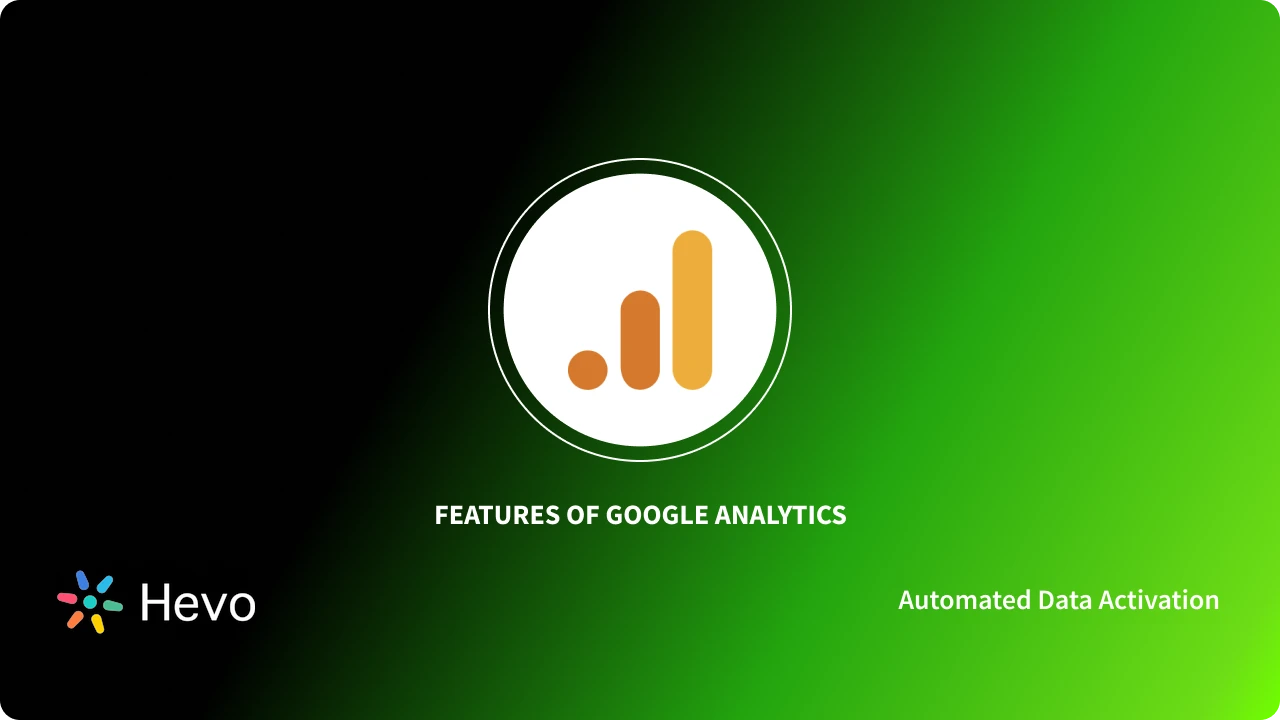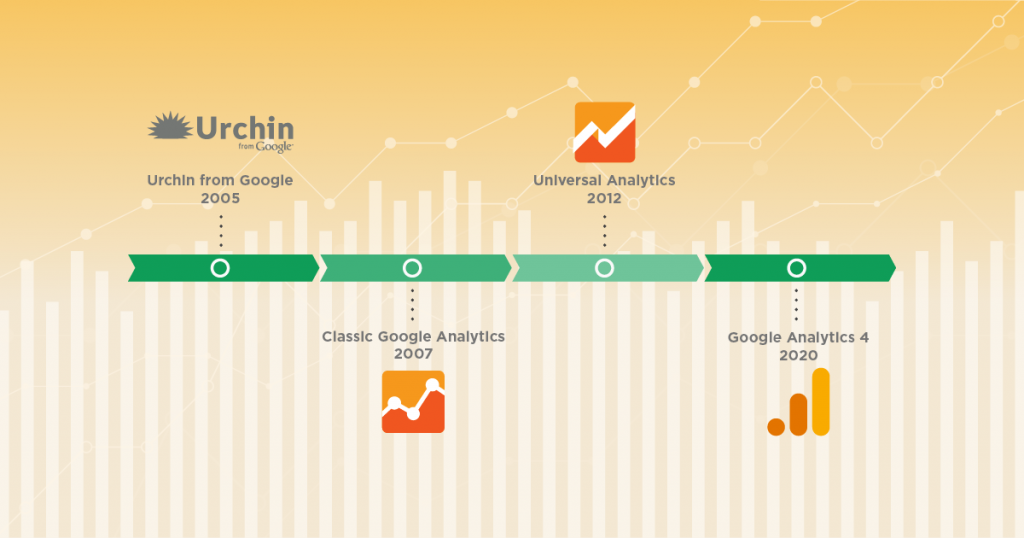Master Web Site Insights With Accurate Google Analytics Tracking Code
The reliable usage of Google Analytics pivots on the accurate implementation of its tracking code, an essential step often forgotten by site proprietors. What are the typical pitfalls that could weaken your tracking efforts, and exactly how can you make certain accuracy in your approach?
Comprehending Google Analytics Basics
Google Analytics is a crucial tool for web site owners and marketing experts, offering invaluable insights right into customer behavior and web site efficiency. At its core, Google Analytics collects data concerning visitors to a site, permitting users to evaluate metrics such as website traffic sources, individual involvement, and conversion prices. Understanding these basics is critical for optimizing a website's performance and enhancing customer experience.
The system utilizes cookies to track communications, recording data such as page sights, session periods, and bounce prices. This information is aggregated and presented with personalized control panels, enabling users to imagine patterns with time. Key performance indications (KPIs) can be kept track of, such as the overall number of individuals, new versus returning visitors, and the geographic distribution of the audience.
Moreover, Google Analytics offers division attributes, permitting customers to separate details website traffic resources or customer demographics for even more targeted evaluation. By grasping these foundational aspects, site owners can make informed choices concerning web content approach, advertising and marketing campaigns, and general site improvements. Ultimately, recognizing Google Analytics essentials is necessary for leveraging information to drive growth and achieve business purposes effectively.
Setting Up Your Tracking Code

Replicate the given monitoring code and paste it into the HTML of your site. This guarantees that the tracking code lots prior to any other web content, permitting it to record information precisely.
After installation, verify that the tracking code is operating correctly by making use of Google Tag Assistant or the Real-Time reports in Google Analytics - when does the google analytics tracking code send an event hit to analytics?. This action is vital to verify that your data collection is exact and active, establishing the foundation for informative analysis
Usual Tracking Code Issues
This might occur when the tracking code is put in the incorrect section of the site's HTML, usually leading to absent or insufficient data. Additionally, having several circumstances of the monitoring code on a single page can result in inflated metrics, as individual communications could be counted more than when.
One more concern emerges from making use of ad blockers, which can avoid the tracking code from performing entirely, hence skewing information. when does the google analytics tracking code send an event hit to analytics?. In addition, failure to configure filters correctly can result in the exclusion of necessary website traffic sources or the inclusion of unwanted referral spam, distorting the data collected
Website owners might additionally overlook the relevance of tracking code updates, especially when moving to Google Analytics 4 (GA4) from Universal Analytics. Last but not least, insufficient testing before launching changes can result in undetected errors in the monitoring code, better making complex information dependability. Dealing with these typical issues is essential for guaranteeing accurate monitoring and informative analytics.
Analyzing Website Information Properly
Precise data collection is just the primary step in leveraging Google Analytics; the actual worth depends on effectively analyzing that information to drive educated decision-making. To achieve this, it is important to identify vital efficiency indicators (KPIs) that straighten with your company goals. Concentrate on metrics such as conversion prices, user engagement, and website traffic resources, as these will give insights right into individual behavior and the total efficiency of your website.
Making Use Of Google Analytics' pop over to this web-site segmentation features enables for a deeper understanding of your target market. By damaging down data right into certain demographics, behaviors, and website traffic channels, you can discover patterns and patterns that educate targeted methods. Carrying out custom-made reports and control panels can streamline this procedure, making it possible for quick accessibility to important data.
Moreover, frequently assessing data patterns over time assists to recognize anomalies and chances for renovation. Utilize visualization devices to existing data in a quickly absorbable layout, assisting in extra effective interaction with stakeholders. Inevitably, the ability to evaluate web site information effectively equips services to make critical decisions that enhance individual experience, maximize advertising and marketing initiatives, and drive development.

Best Practices for Accurate Monitoring
Carrying out efficient tracking techniques is important for he said obtaining reliable information in Google Analytics. To guarantee exact tracking, begin by properly installing the Google Analytics tracking code on every web page of your site. This can be completed with a tag supervisor or by straight installing the code right into the HTML.
Following, configure your Google Analytics account to omit inner traffic. This can be done by setting up filters that recognize and eliminate sees from your organization's IP address, consequently protecting against skewed data. Furthermore, use occasion monitoring to monitor details user interactions, look at more info such as downloads or video plays, which typical page views may forget.
On a regular basis examine your tracking setup to verify that all functions, such as objectives and ecommerce monitoring, are operating properly. Establish a constant naming convention for your occasions and projects to promote less complicated coverage and evaluation.
Lastly, consider leveraging UTM parameters for campaigns to acquire understandings right into the efficiency of different advertising efforts. By complying with these finest methods, you can improve the accuracy of your data collection and analysis, ultimately leading to more enlightened decision-making for your website.
Verdict
Exact execution of the Google Analytics tracking code is crucial for understanding internet site understandings. By making sure the monitoring code is appropriately placed and frequently investigated, site owners can capture vital customer communication data, thus facilitating the recognition of crucial performance indicators. Reliable evaluation of this data, combined with adherence to ideal methods, allows informed decision-making and the optimization of on-line methods. Eventually, a durable monitoring framework boosts the capability to drive engagement and boost general site efficiency.

Not enough screening prior to introducing modifications can result in undiscovered errors in the monitoring code, better making complex data reliability.Executing effective monitoring methods is vital for acquiring reputable data in Google Analytics. By ensuring the monitoring code is properly put and routinely audited, internet site owners can capture essential individual interaction information, therefore facilitating the recognition of essential performance signs.
Comments on “When Does the Google Analytics Tracking Code Send an Event Hit to Analytics? A Deep Dive into Customer Interactions”